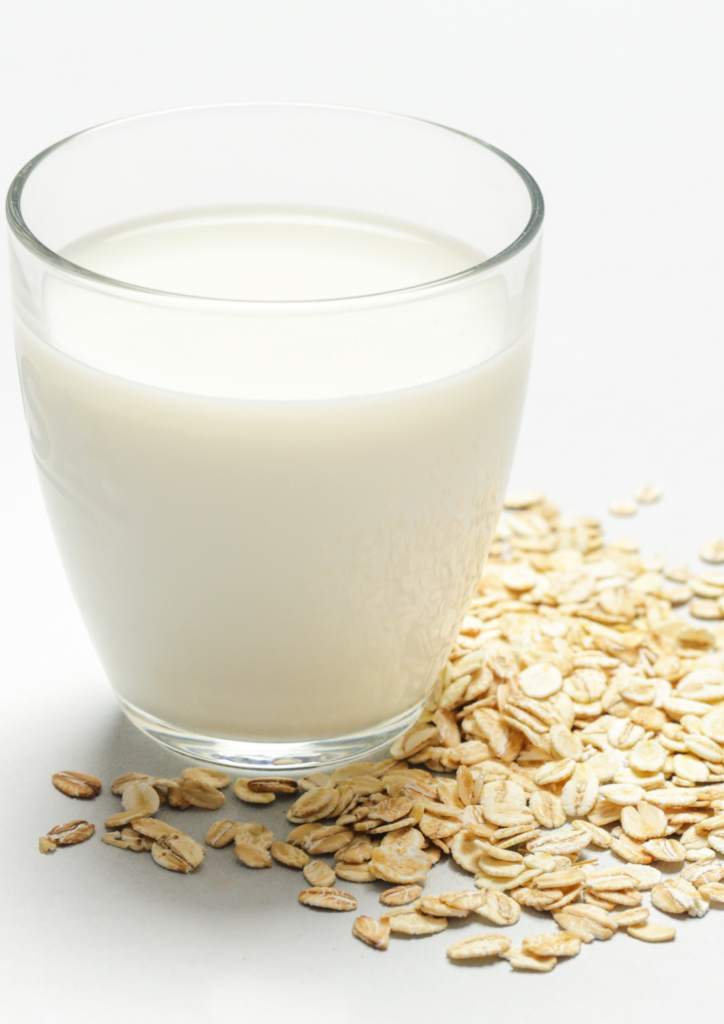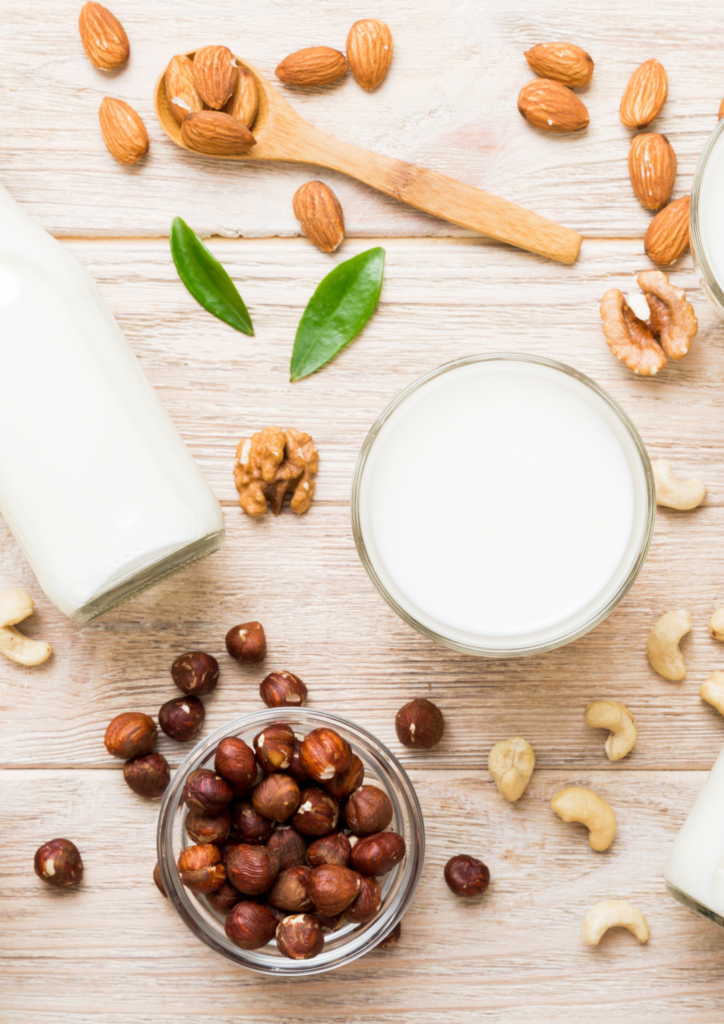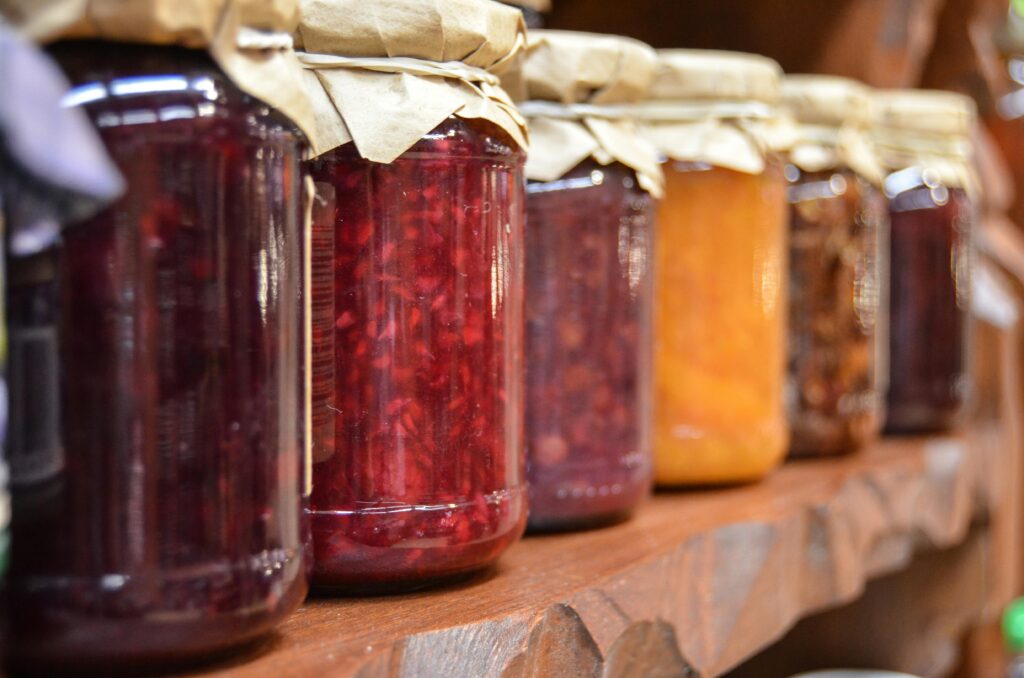Homemade Non-Dairy Milk: How to Make Almond, Oat, and Coconut Milk at Home

Non-dairy milk has become a popular alternative to traditional dairy, offering a solution for those with lactose intolerance, dietary preferences, or environmental concerns. Making your own non-dairy milk at home is not only a fun and rewarding process but also allows you to control the ingredients, flavor, and freshness. In this article, we’ll explore how to make almond milk, oat milk, and coconut milk at home, and why homemade versions often surpass store-bought options in quality and health benefits.
Why Choose Homemade Non-Dairy Milk?
Before diving into the recipes, let’s discuss the advantages of homemade non-dairy milk.
- Freshness and Nutritional Quality
Store-bought non-dairy milks often contain preservatives and stabilizers to extend shelf life. Homemade versions, however, are free of such additives, ensuring you get the freshest and most nutrient-dense product. - Control Over Ingredients
When you make your own non-dairy milk, you can skip added sugars, artificial flavors, and other unwanted ingredients. You can also adjust the creaminess and sweetness to suit your taste. - Cost-Effectiveness
While store-bought alternatives can be pricey, homemade non-dairy milk is often more economical, especially when purchased in bulk. - Sustainability
Making non-dairy milk at home reduces packaging waste and carbon footprints associated with mass production and transportation.
The Downside of Store-Bought Non-Dairy Milk
While convenient, store-bought non-dairy milks often come with drawbacks:
| Aspect | Store-Bought | Homemade |
|---|---|---|
| Additives | Stabilizers, preservatives, emulsifiers | 100% natural ingredients |
| Sweeteners | Often contains added sugar | Optional, using natural options |
| Freshness | Processed for long shelf life | Freshly made |
| Cost | More expensive | Budget-friendly |
According to a report by Clean Label Project, over 50% of commercial plant-based milks tested contained detectable levels of heavy metals. This highlights the benefits of crafting your own at home for peace of mind and purity.
Tools and Ingredients You’ll Need
To get started, gather the following essentials:
Basic Tools
- High-speed blender. We highly recommend the Ninja BL610 Professional 72 Oz Countertop.
- Nut milk bag or fine-mesh strainer
- Large metal mixing bowl – Try to stay away from using plastic bowls
- Airtight glass storage containers
Essential Ingredients
- Almonds (for almond milk)
- Rolled oats (for oat milk)
- Unsweetened shredded coconut (for coconut milk)
- Filtered water
- Optional: sweeteners like dates or maple syrup, honey, vanilla extract, or sea salt
How to Make Almond Milk

Almond milk is a creamy, slightly nutty alternative that works well in coffee, smoothies, and baking.
Ingredients
- 1 cup raw almonds
- 4 cups filtered water
- Optional: 1-2 dates, a pinch of sea salt, and a splash of vanilla extract
Instructions
- Soak the Almonds
Soak almonds in water overnight or for at least 8 hours. This softens them and makes them easier to blend. - Blend
Drain and rinse the almonds. Blend them with 4 cups of water until smooth. - Strain
Pour the mixture through a nut milk bag or fine-mesh strainer into a bowl, squeezing out as much liquid as possible. - Optional Sweetening
Return the liquid to the blender, adding dates, vanilla, or sea salt for flavor. Blend again. - Store
Transfer to an airtight container and refrigerate for up to 4 days.
How to Make Oat Milk

Oat milk is a versatile and budget-friendly option with a naturally sweet and creamy texture.
Ingredients
- 1 cup rolled oats
- 4 cups filtered water
- Optional: 1 teaspoon vanilla extract, 1-2 dates
Instructions
- Blend
Combine oats and water in a blender. Blend for 30 seconds to 1 minute. Avoid over-blending to prevent sliminess. - Strain
Pour through a nut milk bag or fine strainer into a bowl, pressing lightly to extract the milk. - Rinse Strainer
If the milk appears slimy, rinse the strainer and repeat the process. - Flavor
Add vanilla or sweeteners, then blend briefly. - Store
Keep in an airtight container for up to 4 days in the refrigerator. Shake well before use.
How to Make Coconut Milk

Coconut milk is a rich and tropical alternative, ideal for curries, soups, or desserts.
Ingredients
- 1 cup unsweetened shredded coconut
- 3-4 cups hot filtered water
Instructions
- Blend
Combine shredded coconut and hot water in a blender. Blend for 2-3 minutes. - Strain
Using a nut milk bag or strainer, extract the milk into a bowl. - Cool and Store
Let the milk cool before transferring to a container. Refrigerate and consume within 4 days.
Pro Tips for Perfect Homemade Non-Dairy Milk
- Experiment with Ratios
Adjust water-to-ingredient ratios for creamier or thinner milk. - Repurpose Pulp
Save the leftover pulp from almond, oat, or coconut milk. It can be dried and used in baking or as a fiber-rich addition to recipes. - Sterilize Storage Containers
Always use clean, sterilized jars to extend the shelf life of your milk. - Use Cold Water for Oat Milk
Cold water reduces sliminess during blending.
Conclusion
Making your own non-dairy milk at home is a fulfilling and healthy alternative to store-bought options. By following these simple recipes for almond, oat, and coconut milk, you can enjoy fresh, additive-free beverages tailored to your taste and dietary needs. Homemade non-dairy milk is not only better for your health but also more sustainable and economical. So, grab your blender, choose your favorite base ingredient, and start creating delicious plant-based milks today!

References
- Clean Label Project: Heavy Metal Contamination in Plant-Based Milk Alternatives
- Harvard T.H. Chan School of Public Health: Benefits of Plant-Based Diets
- USDA Nutritional Database
As an Amazon Affiliate, we earn from qualifying purchases!


